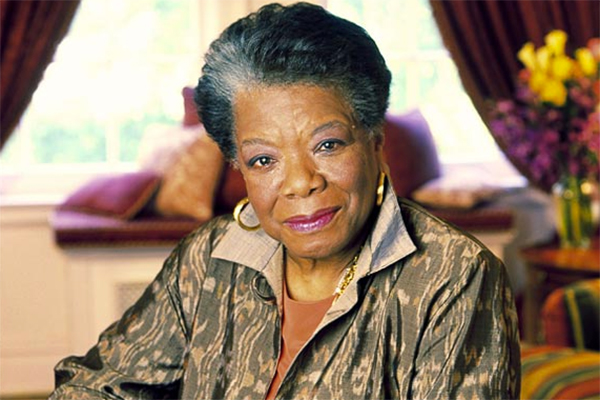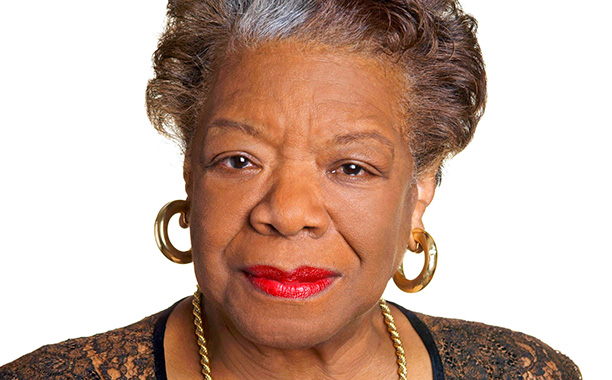I Know Why the Caged Bird Sings: Poetic Devices
Alliteration
It is the close repetition of consonant sounds, usually at the beginning of words. For instance,
- Can seldom see through
- His shadow shouts on a nightmare scream
- The free bird thinks of another breeze
- The fat worms waiting
Personification
Personification is a figure of speech in which abstract ideas and inanimate objects are invested with attributes of living beings. For instance,
- His shadow shouts on a nightmare scream
- A free bird leaps / on the back of the wind
Metaphor
It is a figure of speech in which a comparison between two different things is made indirectly. In this poem, the “caged bird” is a metaphor for the poet herself. The “caged bird” represents the misery and distress of all African-Americans who had to face inhuman treatment during the apartheid.
Hyperbole
Hyperbole is the use of exaggeration to create emphasis. A hyperbole is never meant to be taken literally. For instance, in the line where the free bird “dares to claim the sky,” what the poet means is that the free bird has the confidence to claim the sky hypothetically. It does not really have the ability to claim the sky literally.
Repetition
It is used to emphasize a particular idea. For instance, the lines “his wings are clipped, and his feet are tied/ so he opens his throat to sing” are repeated in the poem I Know Why The Caged Bird Sings poem to stress the distressing condition of the caged bird. Again, the whole sixth stanza is a repetition of the third stanza, emphasizing the caged bird’s longing for freedom.
Allusion
Allusion is a reference to other works or cultures in either prose or poetry. The title of the poem is a reference to Paul Laurence Dunbar’s poem Sympathy.
I Know Why the Caged Bird Sings: Theme
Freedom and confinement
The theme of freedom and confinement is the most predominant theme in the poem. The image of the free bird living a life of unparallel joy and liberty stands for freedom while enslavement, in the poem I Know Why The Caged Bird, is symbolized by the restricted life of the caged bird whose “wings are clipped, and feet are tied.” The poem describes the undisturbed movement of the bird that is free to fly anywhere it wants. The sky is its natural habitat, and it is free to dip its wings in the orange rays of the sun covering the sky. The free bird lives its own life with no boundaries and control. However, the caged bird lives an imprisoned life in a “narrow cage’. The caged bird can hardly get a glimpse of the sky. It cannot move freely as its wings have been clipped. It lives in a helpless and miserable state and only longs for freedom in its sad songs.
The free bird can enjoy the cool breeze that passes through the leafy branches of trees. But the cage for the caged bird has become a grave of dreams where there is no freedom and no happiness. The caged bird is full of rage, but there is nothing that it can do about it except sing songs in the hope of a better tomorrow. The conditions of the free bird and the caged bird aptly represent the social disparity between Whites and African-Americans during the civil rights era. The restricted life of the caged bird stands for the inequality, injustice, and discrimination that African-Americans had to face during that period.
Voice against injustice
The caged bird is subjected to constant mental, physical and emotional torture. Its freedom is forcibly taken away. But even after such cruel treatment, we observe the bird’s hope for freedom. It refuses to give up and longs for a day when it will experience its freedom in life. It sings for freedom even in such a miserable state. It refers to the condition of the African-Americans who wrote songs, sang, and danced in the hope of freedom and equality. The caged bird did raise its voice against discrimination even though it was heard as a distant voice.
Racism
This poem, “I Know Why The Caged Bird”, indirectly draws our attention to the racial discrimination in America during apartheid that separated the Whites and the African-Americans in the society. The caged bird symbolizes the African-Americans and the inhuman way they have been treated just because of the different colours of their skin. The poet expresses the restricted and enslaved life of the African-Americans through the representation of the clipped wings and tied feet of the caged bird. The caged bird, thus, represents the entire African-American community that was subjected to social, cultural, and religious discrimination and was denied the right to freedom.
Autobiographical sketch of Maya’s personal life
On many levels, this poem, “I Know Why The Caged Bird Sings”, can be seen as an autobiography of Maya’s life. The caged bird symbolizes Maya herself, who had to face a lot of discrimination, harassment, and assault from a very early age. She belonged to the African-American community, and on top of that, she was a woman. She was terrorized by the kind of oppression under which she was constantly living. She felt like the trapped bird that could not do anything but open its throat and sing. However, like the caged bird, she refused to give up and expressed herself through her writings. Just like the caged bird sang for freedom, she wrote for freedom.
Updated by Anjali Roongta on 13th April 2023.
Some online learning platforms provide certifications, while others are designed to simply grow your skills in your personal and professional life. Including Masterclass and Coursera, here are our recommendations for the best online learning platforms you can sign up for today.
The 7 Best Online Learning Platforms of 2022
- Best Overall: Coursera
- Best for Niche Topics: Udemy
- Best for Creative Fields: Skillshare
- Best for Celebrity Lessons: MasterClass
- Best for STEM: EdX
- Best for Career Building: Udacity
- Best for Data Learning: Pluralsight









